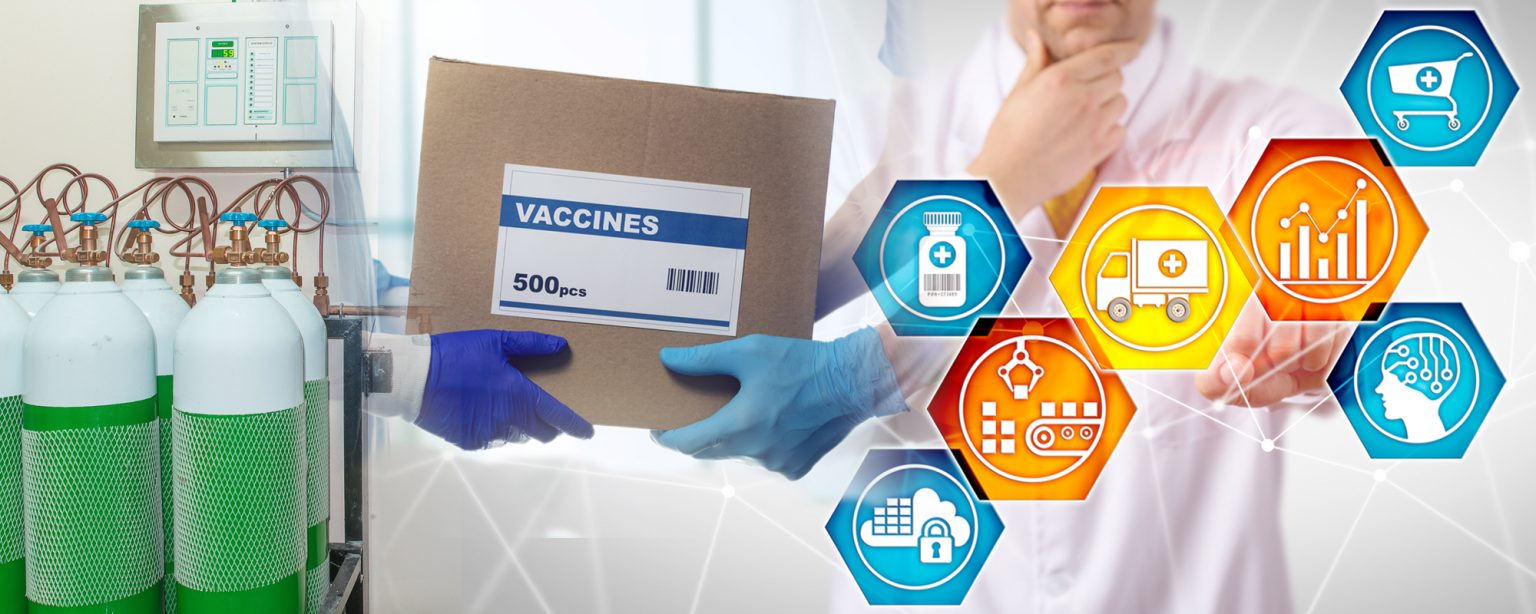In April 2020, the U.S. government initiated Operation Warp Speed (OWS)*, which aimed to deliver millions of doses of safe, effective coronavirus vaccines to state and local governments for distribution to citizens.
Nine months later, the mission is well underway as vaccines are being administered in health care settings across the nation, an achievement in which scientists at Idaho National Laboratory played an important role.
INL researchers helped lay the groundwork for understanding many of the impacts from the pandemic and the necessary response strategies well before the coronavirus that causes the COVID-19 disease even existed, by studying the supply chains of vital resources such as pharmaceuticals, medical supplies and oxygen. Then as virus cases surged, INL’s expertise in building safe and resilient infrastructure kicked in to help fight the virus and support the vaccine program.
“We tried to understand the risks, and the hazards, and we’re trying to ensure the resilience of the health care infrastructure,” said Robert Beason, INL’s cyber resiliency department manager.
LAYING THE FOUNDATION
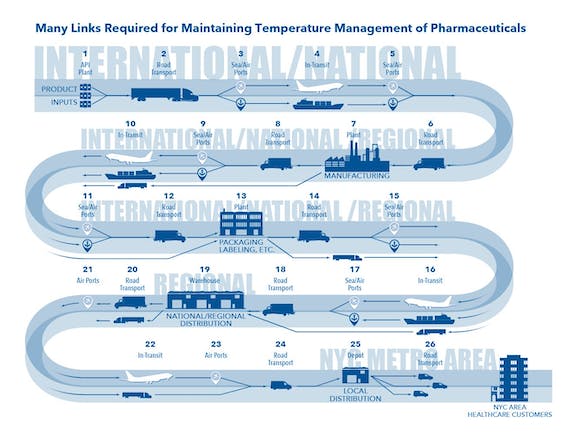
Well before COVID-19 became a household name, INL researchers were preparing for such a hazard.
In 2016, a multiyear partnership began between the health care community in the New York City region and the Cybersecurity and Infrastructure Security Agency (CISA), a branch of the U.S. Department of Homeland Security. The partnership’s goal was to more fully understand how health care product supply chains are structured and function, how they can be disrupted, and the potential to conduct greater planning to improve supply chain resilience.
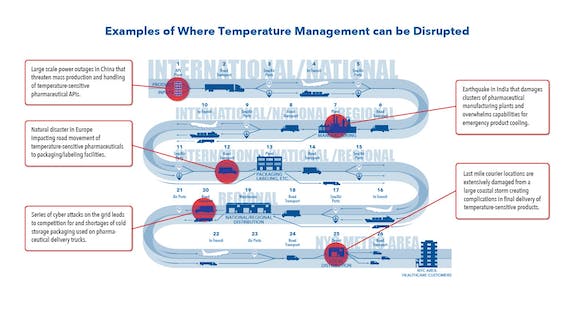
This work, spearheaded by INL, enabled researchers to characterize many key operational elements of health care product supply chains, such as the role of manufacturers and logistics companies, changing business practices, how aviation fits in, the importance of product temperature management, and many other aspects. “Then lo and behold the pandemic happened, with normal health care supply chains turned upside down, commercial air traffic halted, and the importance of temperature management for vaccines now front and center…these were the exact topics we were studying,” said Peter Fitzmaurice, an INL senior critical infrastructure analyst and key researcher on this work.
Thanks to the previous three years of investigations, INL researchers had already captured and conveyed much of the knowledge and stakeholder connections to help CISA address many of the supply chain challenges they now confront. “We were well-positioned to know who to speak with and the questions to ask, and therefore to provide real-time support to CISA,” Fitzmaurice said.
As the virus raged through New York City in spring 2020, officials began to consider setting up mobile hospitals. To do so, they would need to ensure the supply of vital products, such as medical oxygen, as quickly as possible. Again, INL researchers previously involved in this work were able to provide knowledge and expertise needed to plan for such a venture, almost immediately.
“The work that we did prior to COVID-19 enabled us to convene the largest medical oxygen providers in the nation on a single conference call to support CISA,” Fitzmaurice said. “We arranged that call in less than one day.”
STREAMLINING VACCINE DELIVERY
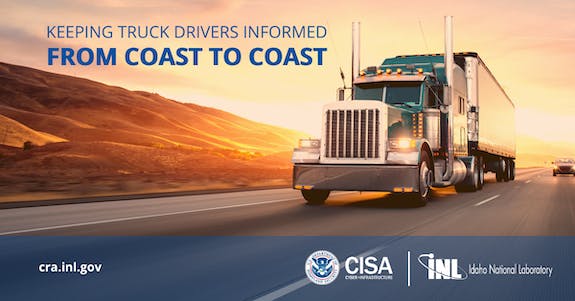
Speed and efficiency have been key characteristics of INL’s research response to the pandemic—characteristics that have proven to be necessities in stopping the spread of the virus and reducing its impacts on the economy.

In March 2020, a wave of necessary travel restrictions impeded interstate commerce and the rapid delivery of critical food, medical and sanitation supplies. INL research was quick to provide help in the form of a Commercial Routing Assistance Tool to help truck drivers move critical supplies within states and across the nation.
“Within a week, we had a prototype that was being demonstrated to CISA and other partners, such as the All-Hazards Consortium,” said Michael Overton, an INL modeling and simulation specialist who worked on the application. The free tool went live on INL’s website on April 16, but it also laid the groundwork for another INL project that required determining optimal travel routes for the COVID-19 vaccine delivery endeavor.
“Again, we’re able to compose a lot of information from a lot of different sources so that we can have actionable information,” Overton said. “The ability to rapidly assemble a team and start developing capabilities is essential in these kinds of circumstances.”
PROTECTING THE FOUNDATION
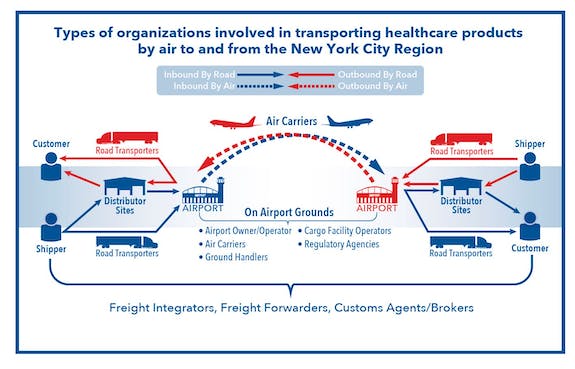
While INL’s efforts in understanding health care product supply chains have helped lay the foundation for responding to the COVID-19 pandemic, the role of researchers within INL’s Cyber Resiliency Department is to keep that foundation—the health care infrastructure—secure.
Consequently, INL researchers conduct cyber assessments at medical institutions to shore up the defenses against ransomware attacks and perform vulnerability assessments on select medical equipment to better understand potential cyber weaknesses.
“Ultimately, our purpose is to find any weaknesses, and then help institutions address those weaknesses that would interrupt their ability to be able to provide products to support the COVID-19 response,” said INL researcher Dale Christiansen.
EVER PREPARED
As the vaccines are being delivered and administered in health care facilities throughout the nation, INL scientists are not resting, but preparing for other such emergency situations that might take place in years ahead. Currently, Fitzmaurice and Christiansen are both working on a new CISA project to better understand how the entire health care sector operates and to anticipate weaknesses and potential disruptions in the future.
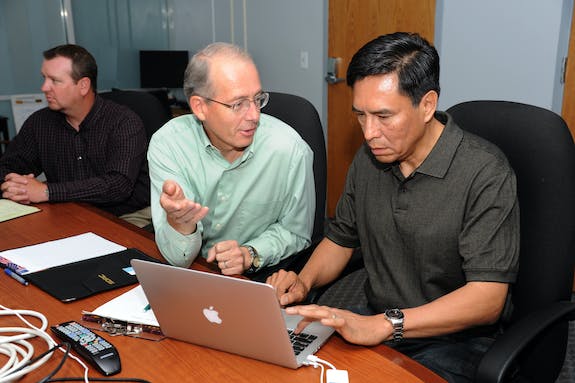
“The purpose of this new project is to take a very foundational look at the entirety of the sector,” Fitzmaurice said. “We need to really understand how it works and who are the players so that CISA is better informed and positioned to plan for and respond to future challenges.”
For example, this work will support federal staff in each state to better understand who is involved in health care operations, where their health care products come from, what critical infrastructure supports health care operations, how the sector is planning (or not) for future disruptions, and a host of related questions.
By raising the level of understanding, officials will be better equipped to deal with a broad range of future disasters such as wildfires, hurricanes, earthquakes, cyberattacks, or even another pandemic, Fitzmaurice said.
“We hope it doesn’t happen again,” Christiansen said. “But if something like this does happen, the work being done will put us into a far better position to be able to know how to respond and to respond quickly.”
* Operation Warp Speed is the name designated to the public-private partnership facilitating the development, manufacturing, and distribution of the COVID-19 vaccine. The name of this program is subject to change.

